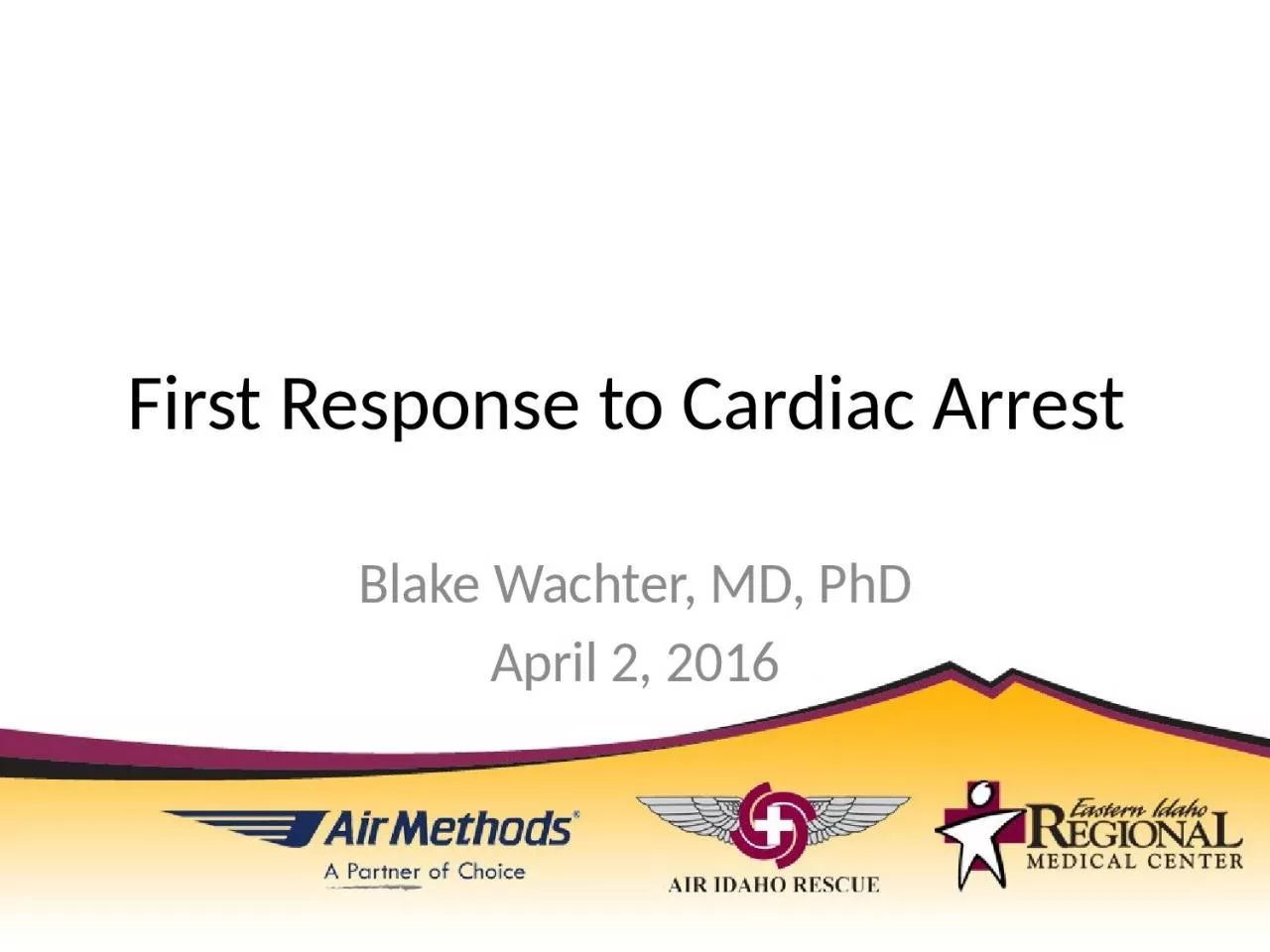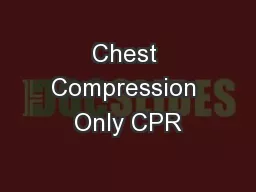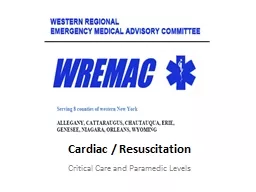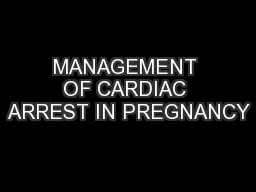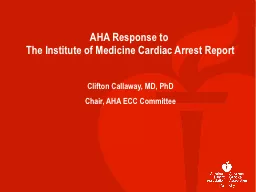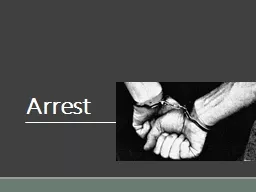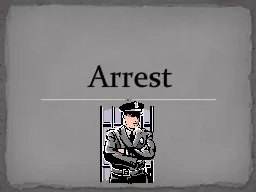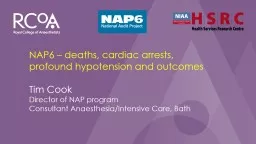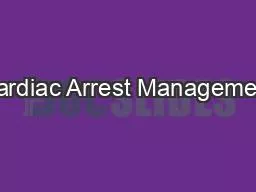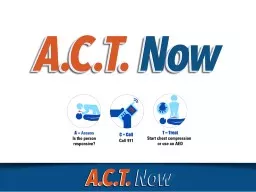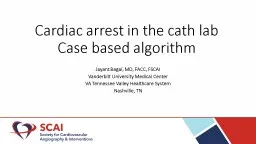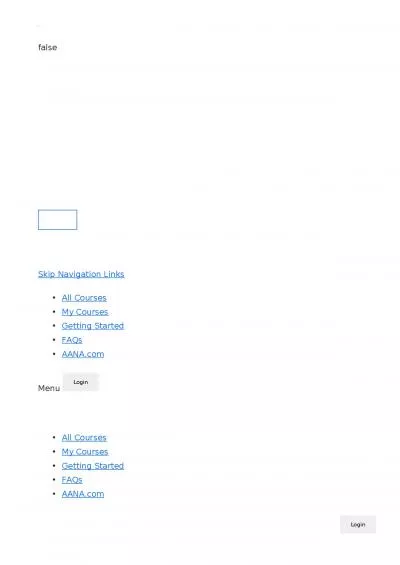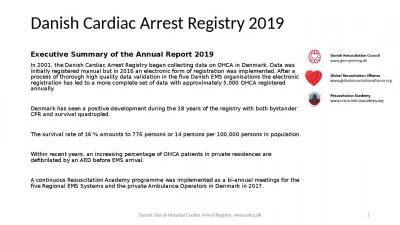PPT-First Response to Cardiac Arrest
Author : SmoochieBoochie | Published Date : 2022-08-01
Blake Wachter MD PhD April 2 2016 The Victim https wwwyoutubecomwatchv S7P7NkYhNOc AHA Statistical Update 2013 389000 cardiac events out of hospital Bystander
Presentation Embed Code
Download Presentation
Download Presentation The PPT/PDF document "First Response to Cardiac Arrest" is the property of its rightful owner. Permission is granted to download and print the materials on this website for personal, non-commercial use only, and to display it on your personal computer provided you do not modify the materials and that you retain all copyright notices contained in the materials. By downloading content from our website, you accept the terms of this agreement.
First Response to Cardiac Arrest: Transcript
Download Rules Of Document
"First Response to Cardiac Arrest"The content belongs to its owner. You may download and print it for personal use, without modification, and keep all copyright notices. By downloading, you agree to these terms.
Related Documents

